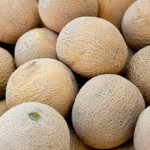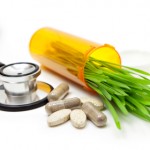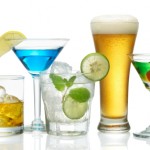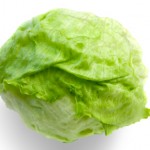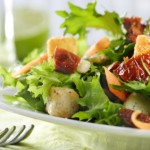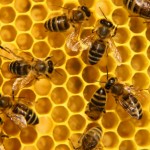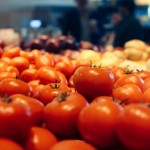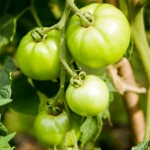Reading "USA Today" online, I found an article detailing the repercussions of the recent/ongoing outbreak of disease linked to cantaloupes coming from one specific farm in Colorado. That operation, Jensen Farms, re-called its fruit in mid-September. The Food and Drug Administration and the Seattle-based Institute for Environmental Health have not yet found the root cause of the outbreak. Since the normal shelf life for cantaloupe is ~two weeks, none of the Jensen Farm product should still be in stores. And no other sources have been implicated. Nonetheless, cantaloupe producers in California and Arizona, the two states with the largest crops of this fruit, are seeing sales plummet 80% or more.
That probably shouldn't surprise us. Spinach sales, devastated by the 2006 E. coli outbreak, are still down nearly a third in one California county.
As of October 12, the current outbreak had led to 116 illnesses and 23 deaths, making it the deadliest in more than a quarter century. There was another outbreak in Texas in October of 2010; that one was related to celery and resulted in 10 total illnesses and five deaths.
I went to several online medical sites to refresh my memory on Listeriosis. When I dealt with infections from this bacteria it was in immuno-compromised patients. Listeria is found worldwide, often in association with farm animals, many of which are otherwise healthy carriers of the bacterium. People can also be carriers and perhaps five to ten percent of us have Listeria in our bowel flora.
There are roughly 2,500 US cases of Listeria infections yearly and about a fifth of those infected die. Most are isolated cases, not major outbreaks The bacteria isn't transferred from person to person with the exception of pregnant women and their fetuses or newborn babies.
This is a foodborne illness, most commonly associated with improperly processed deli meats or unpasteurized milk products.
About 30% of all reported US cases occur in pregnant women. As opposed to the majority of us, who may have nonspecific symptoms, or none at all, pregnant women can transmit the infection to their fetuses or to their newborn infants. They also may have minor symptoms, if they are otherwise healthy, but Listeria can lead to miscarriages, stillbirth, premature birth or, potentially, to serious disease or death of newborn babies.
Others at higher risk for serious disease when infected with this bacterium include the elderly, diabetics, cancer patient, AIDS patient, those with significant kidney disease and anyone on immunosuppressive drugs.
It's tough to diagnose Listeria infections: the most common signs and symptoms include fever, muscle aches, nausea and/or diarrhea. There are no reliable tests for the bacteria, so the diagnosis is difficult in the absence of a history of exposure to a potentially contaminated food source during an outbreak.
Most of us clear the infection without any treatment; those at higher risk should be considered for immediate IV antibiotics and consultation with an Infectious Disease specialist is recommended (and if a pregnant woman has the inception, an Ob-Gyn specialist and a Pediatrician should be involved.

